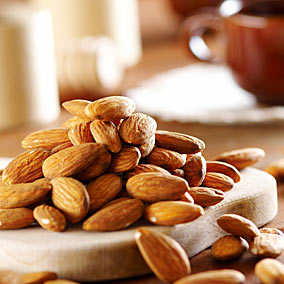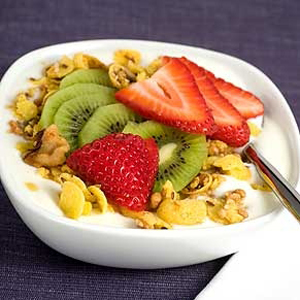 News Release – The company LLC is marketing a surface electrical stimulation device that targets deep muscles to relieve myofascial pain and discomfort. The patented portable ET127 Evoked Response Stimulator excites deep trigger points to elicit muscle twitches. According to the company, these abrupt, brisk, and vigorous twitches relieve pain by ending muscle spasms and promoting healing of irritable trigger points.
News Release – The company LLC is marketing a surface electrical stimulation device that targets deep muscles to relieve myofascial pain and discomfort. The patented portable ET127 Evoked Response Stimulator excites deep trigger points to elicit muscle twitches. According to the company, these abrupt, brisk, and vigorous twitches relieve pain by ending muscle spasms and promoting healing of irritable trigger points.
Twitches produced by eToims (electrical twitch obtaining intramuscular stimulation) stretch muscle fibers in spasm, resulting in compression of intramuscular blood vessels and nerve fibers and reducing traction on pain-sensitive structures, such as periosteum and joint capsules to which muscles attach, says Jennifer Chu, MD, founder of eToims Medical Technology. She explains that consequently, twitch-induced exercise also promotes local blood flow, improving tissue oxygenation, promoting healing, and removing local accumulation of pain-producing neurochemicals.
In normal situations, trigger points stimulated to twitch produce movements that effect joint rocking and shaking. In acute situations, hyperexcitability of trigger points produces forceful twitches sufficient to lift the joint on which the stimulated muscle acts, causing these twitches to dissipate abruptly. In chronic situations, trigger points are very difficult to find, and twitch forces are feeble, says Chu.
According to Chu, acute and subacute myofascial problems resolve well with eToims as a standalone treatment. However, chronic problems tend to have guarded prognosis due to the presence of partial nerve and muscle fibrosis, requiring long-term eToims as an adjunctive treatment for improvement of quality of life. Chu has found that twitches, key to relief of myofascial pain or discomfort, are simultaneously diagnostic, therapeutic, and prognostic.
In the presence of very tight muscles, whereas routine exercise produces simultaneous active contractions of many muscles that can increase ischemic pain, eToims-induced twitches can enable active, painless exercise of 1 muscle at a time to remove or reduce pain.
Chu notes that a top football franchise in the UK now uses eToims for rehabilitation to prevent injuries as well as to rapidly rehabilitate soft tissue injuries to reduce elite-player down time. ET127 is now available for sale to clinicians in Europe, Canada, Taiwan, and Hong Kong, as well as for home use as a personal device.
The practitioners at Diversified Health are certified to use eToims Therapy as a part of your treatment plan.











